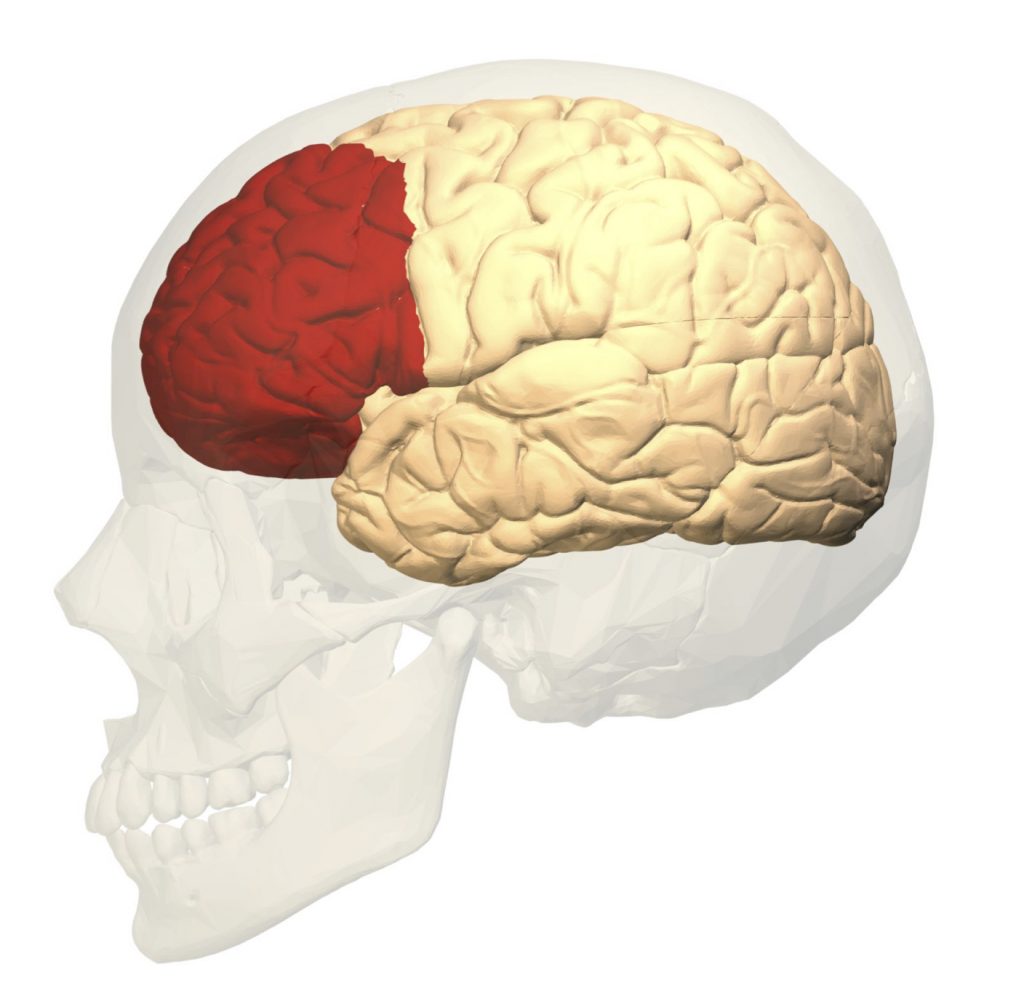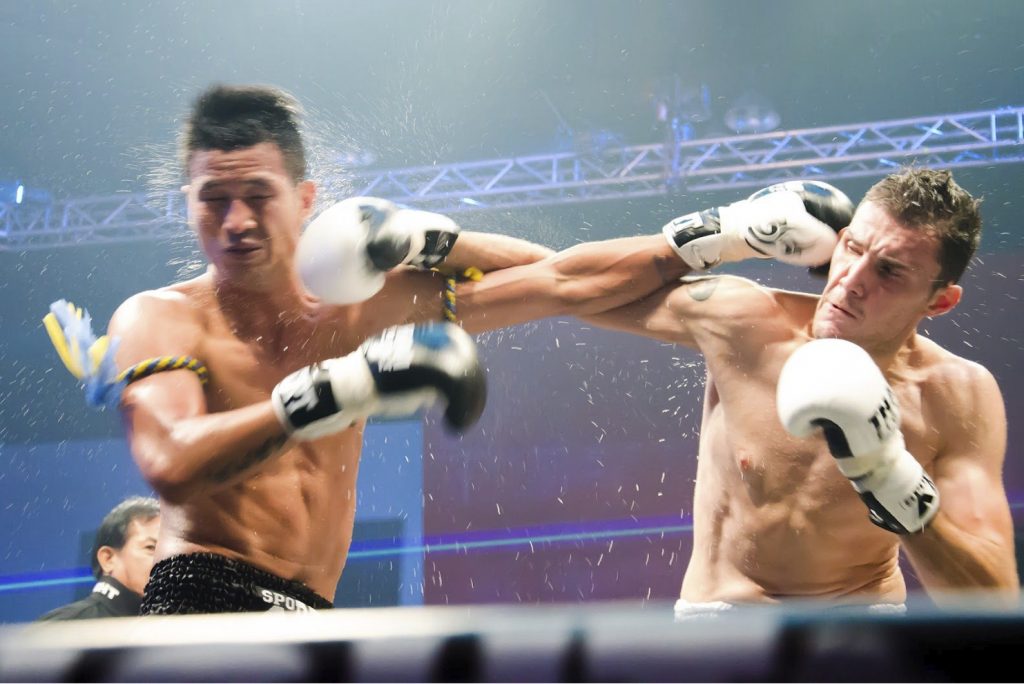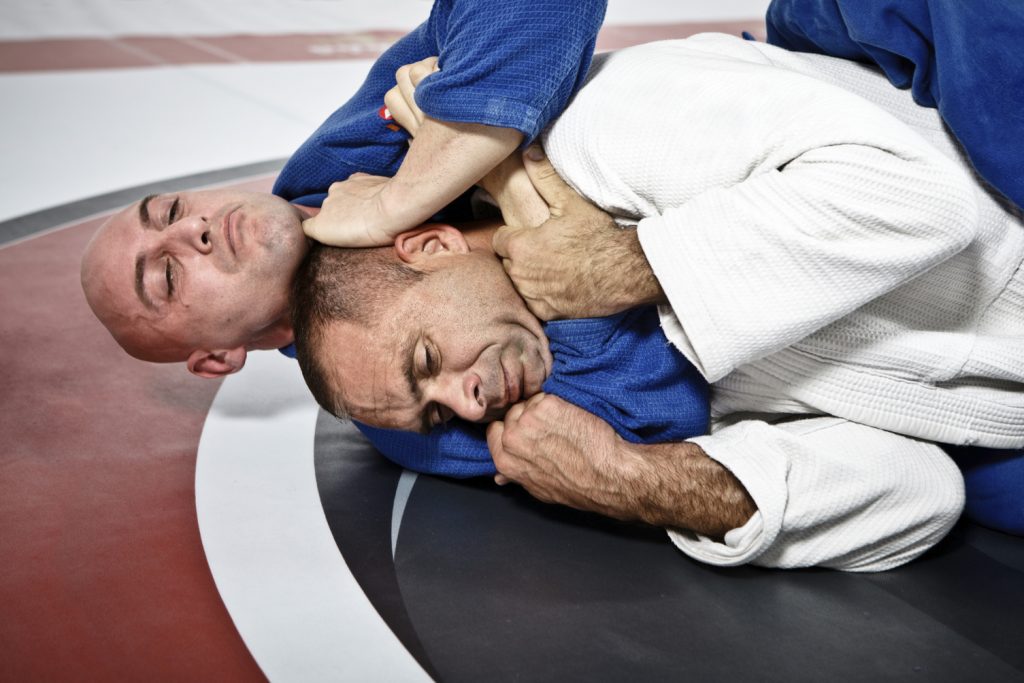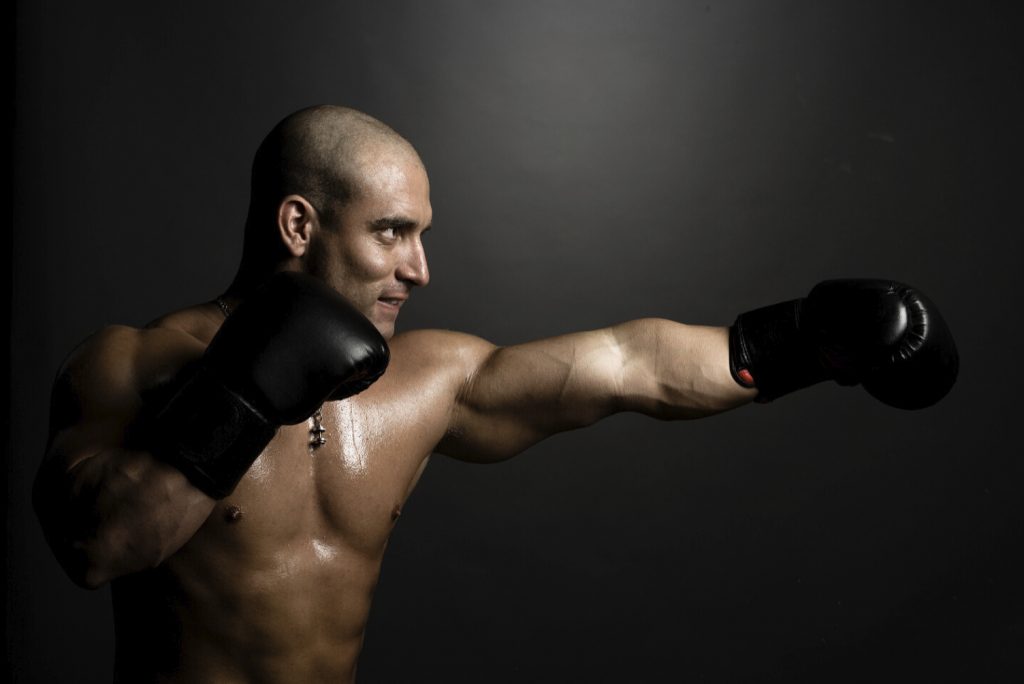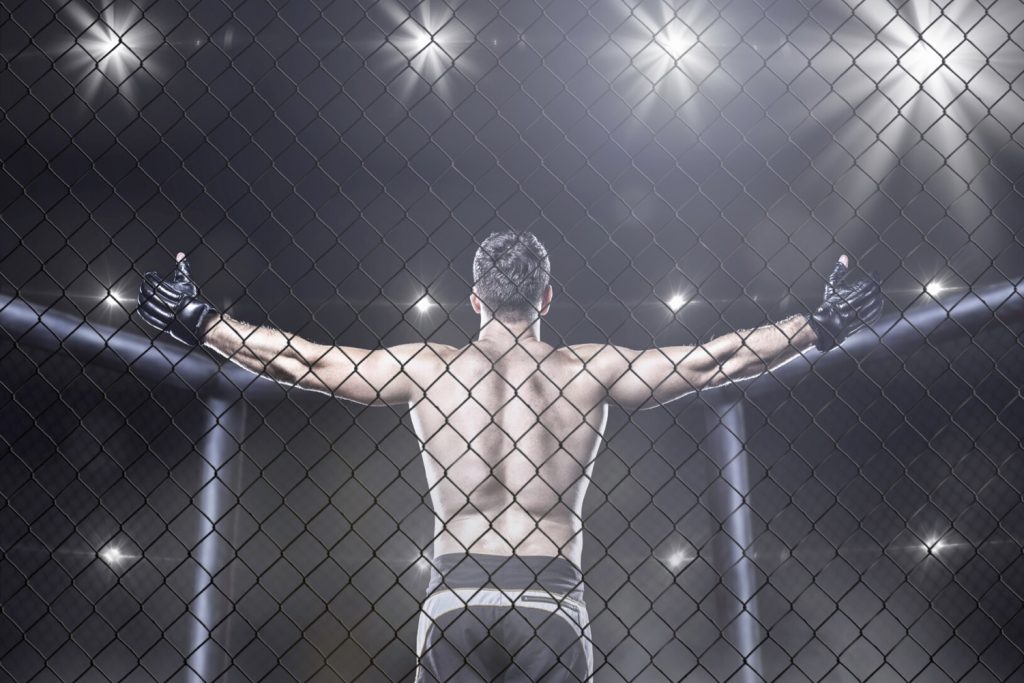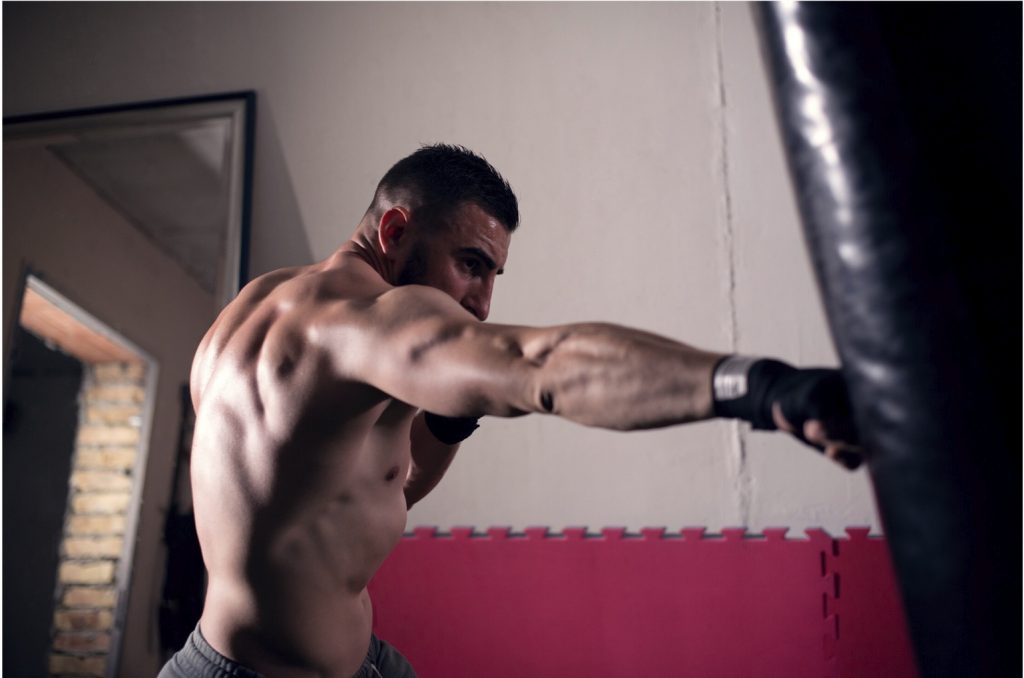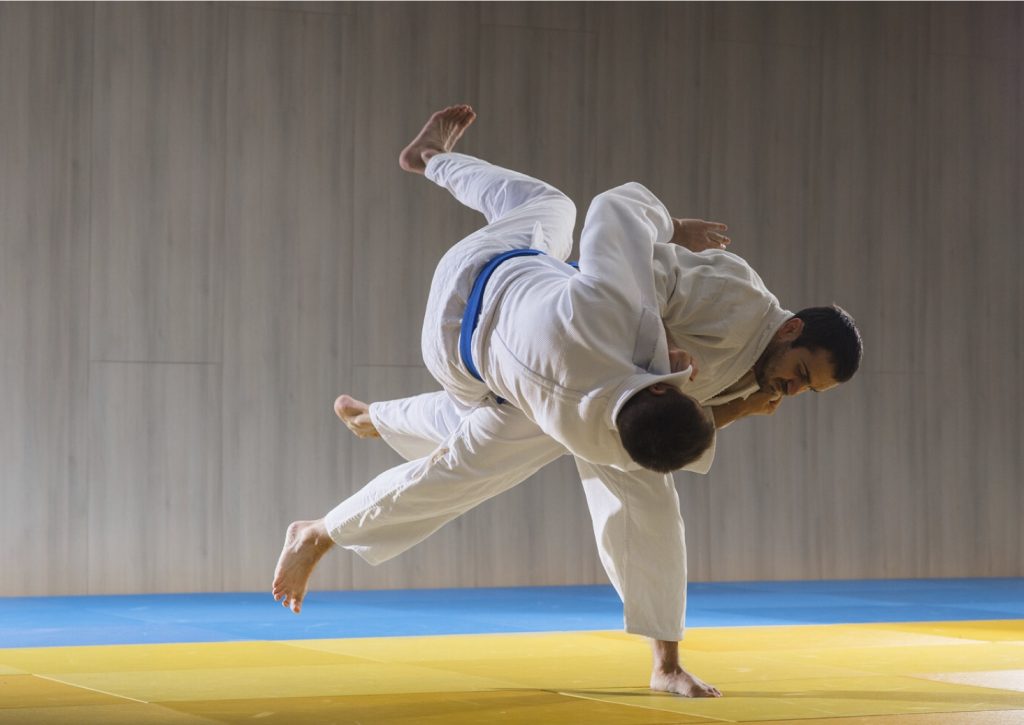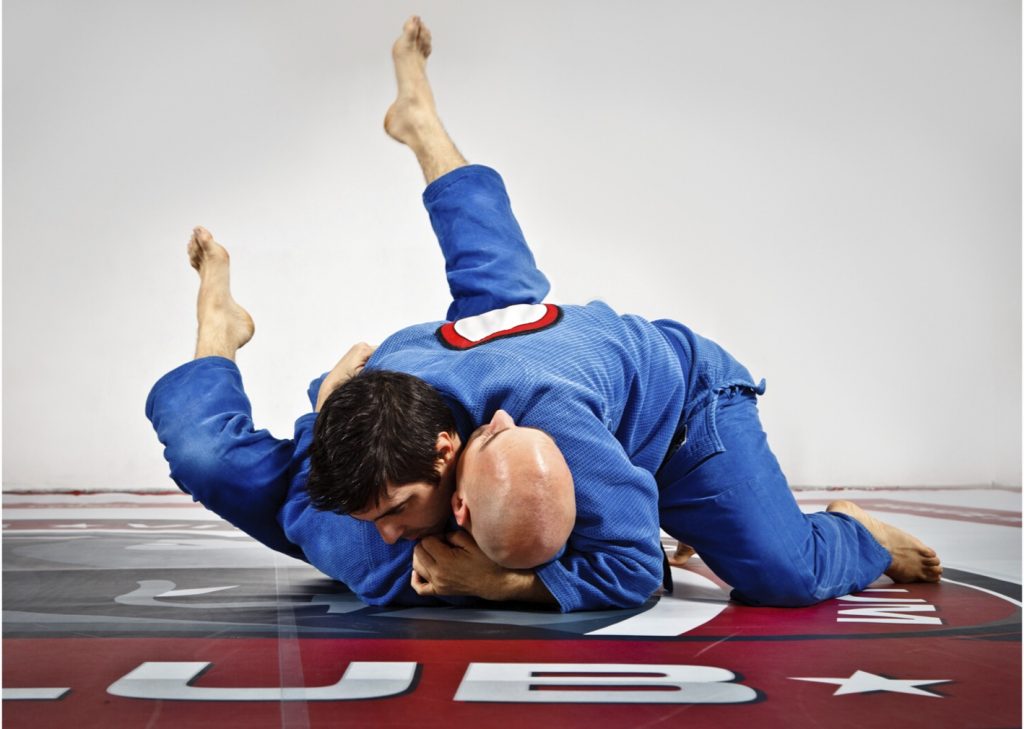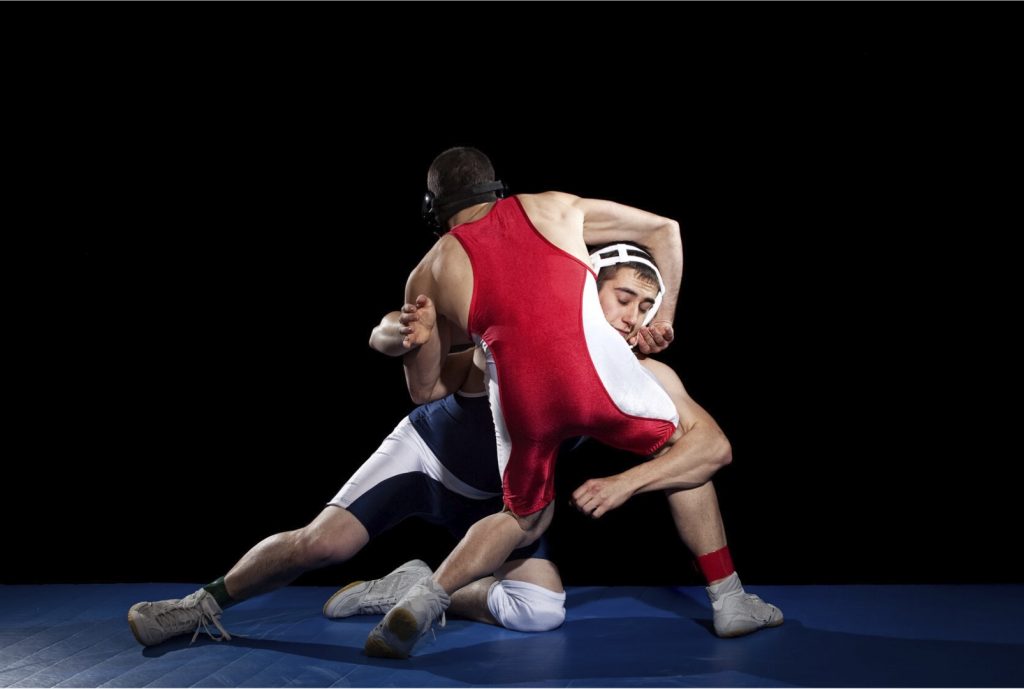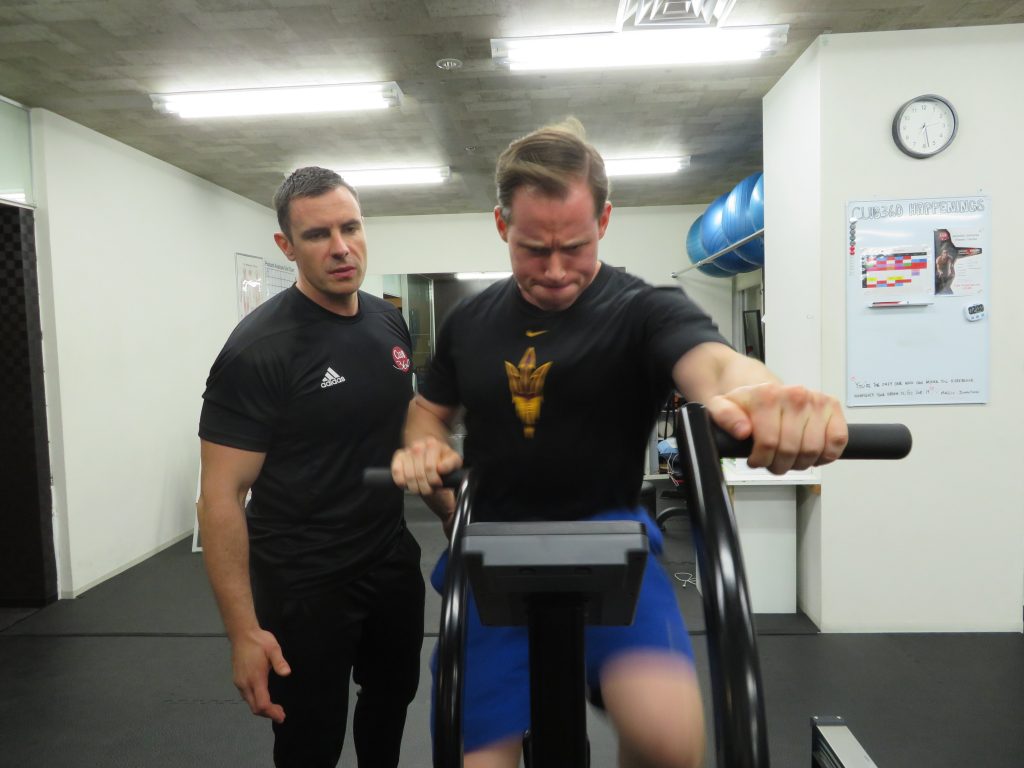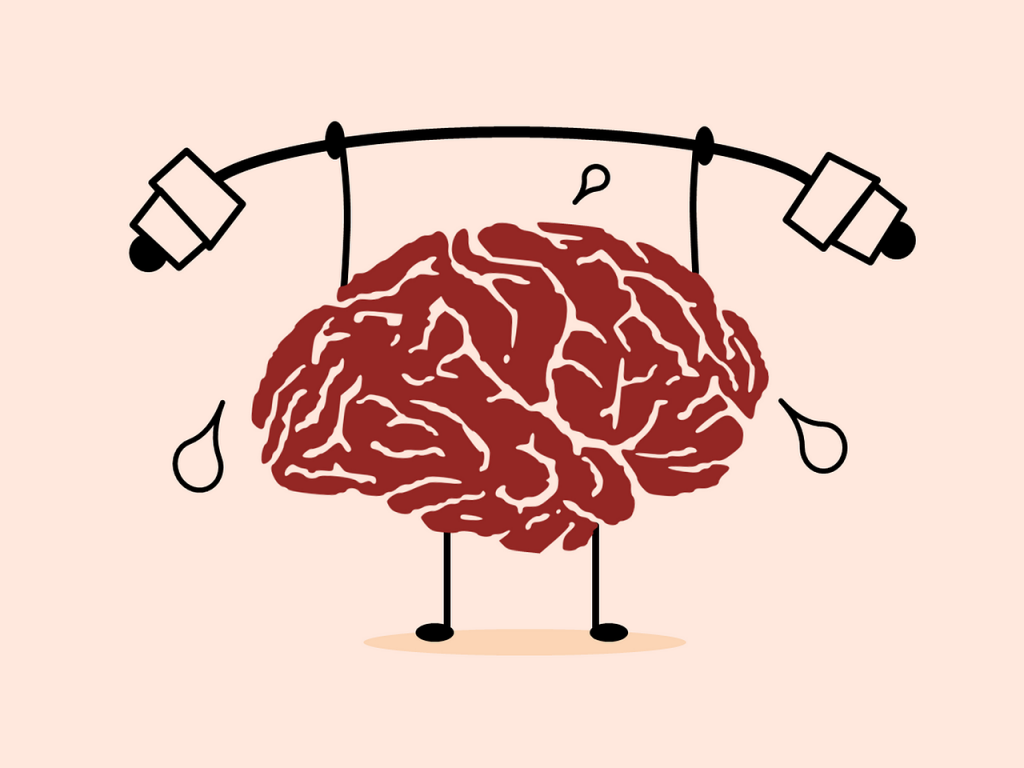RESEARCH REVIEW: The “Warrior” COMT Val/Met Genotype Occurs in Greater Frequencies in Mixed Martial Arts Fighters Relative to Controls
The “Warrior” COMT Val/Met Genotype Occurs in Greater Frequencies in Mixed Martial Arts Fighters Relative to Controls Tartar, J; Cabrera, D; Knafo, S; Thomas, JD Antonio, J; Peacock, C. JOURNAL OF SPORTS SCIENCE AND MEDICINE (2020) 19, 38-42 BACKGROUND The body of sports science research pertaining to predictors of success in different athletic activities is …
